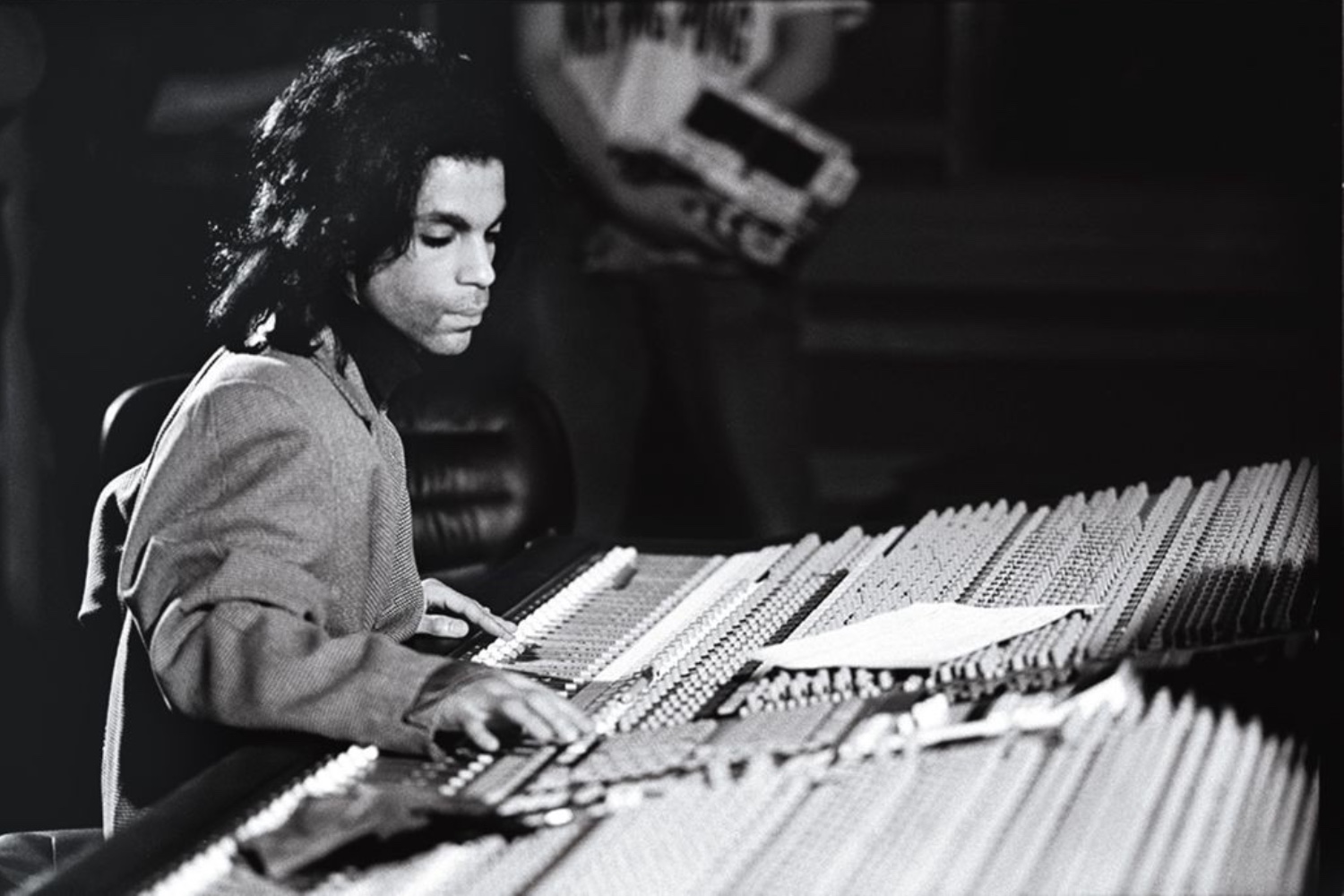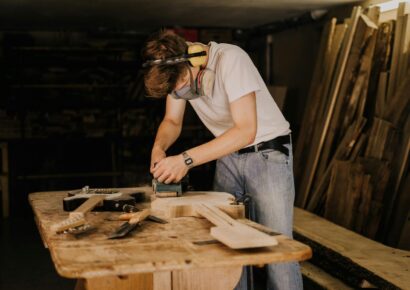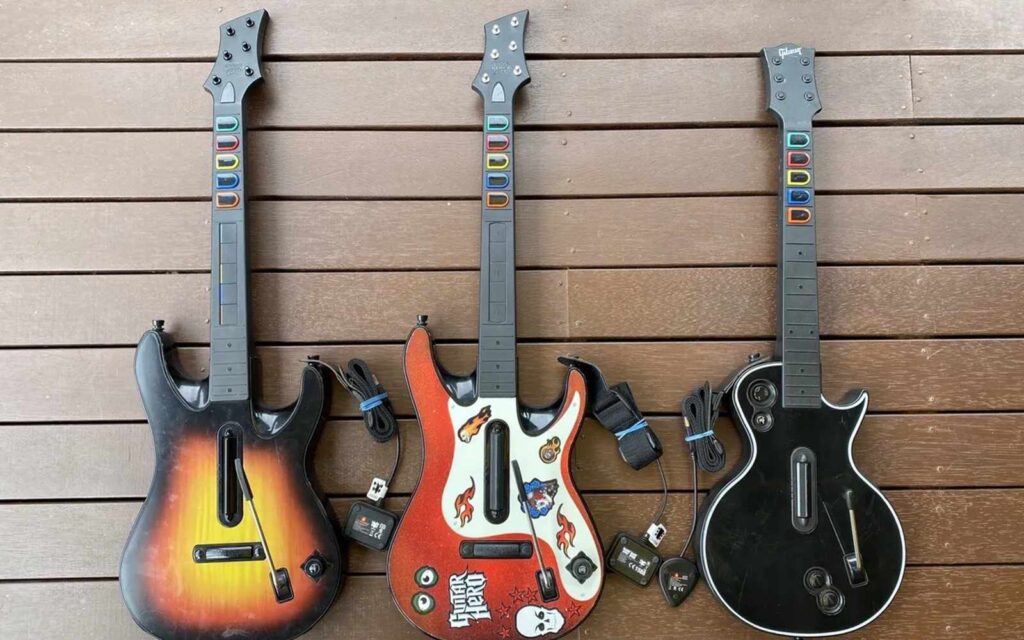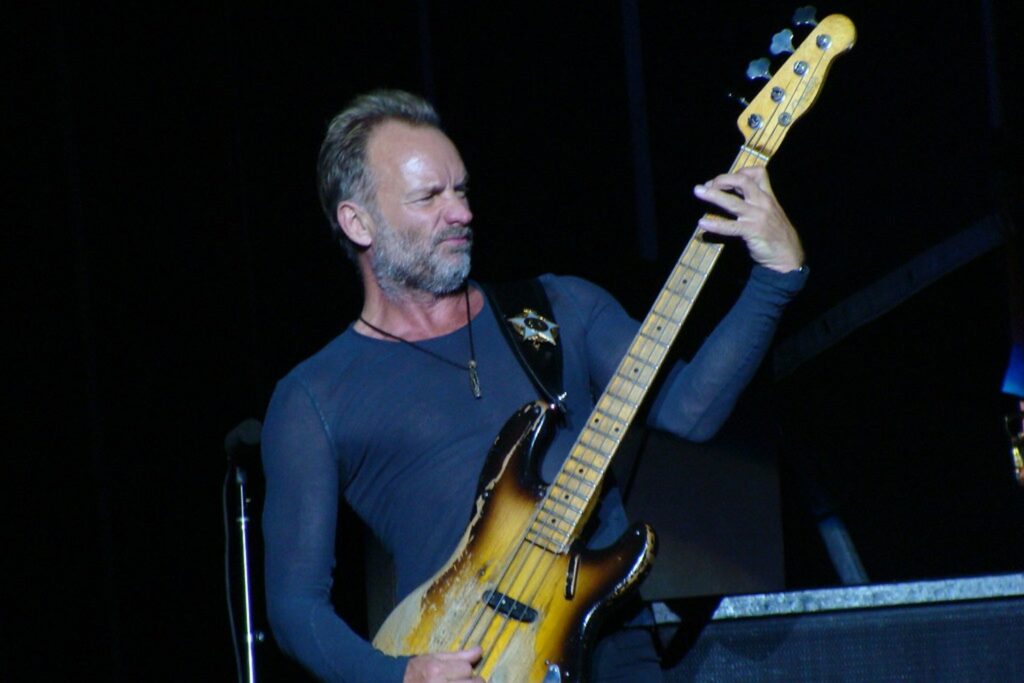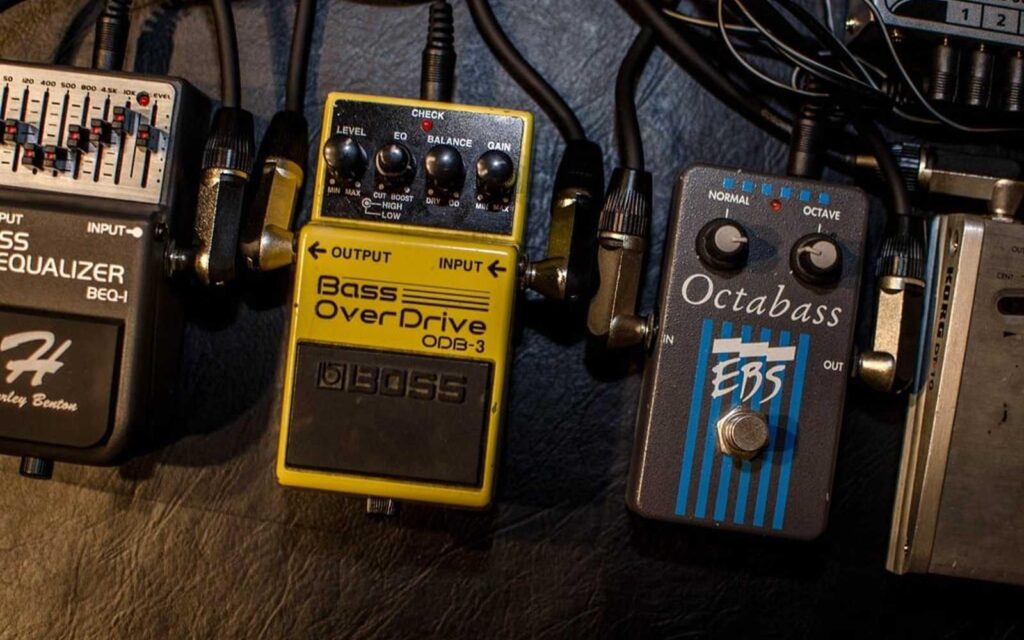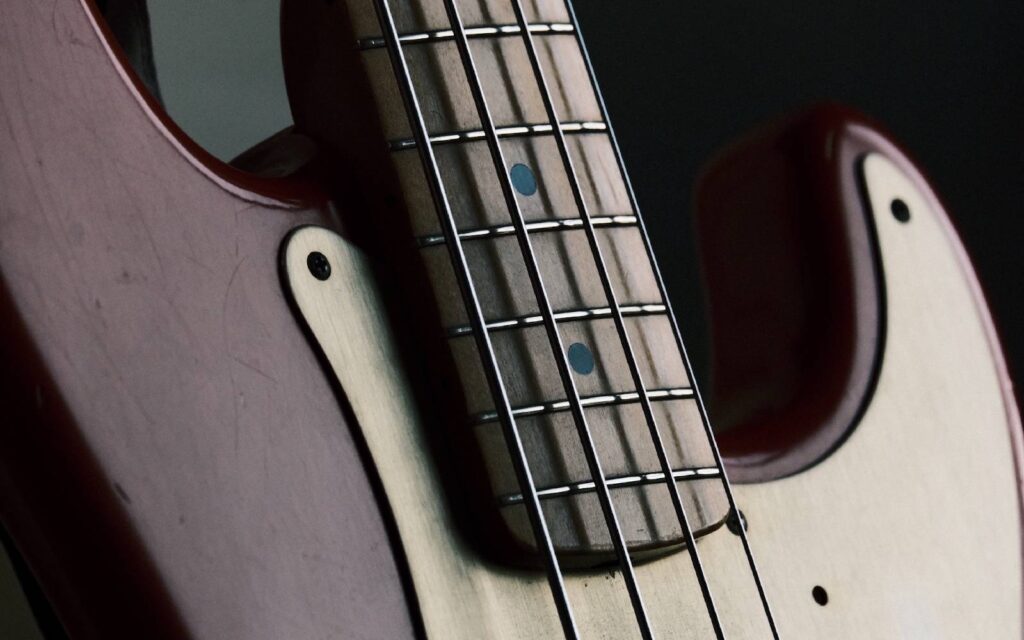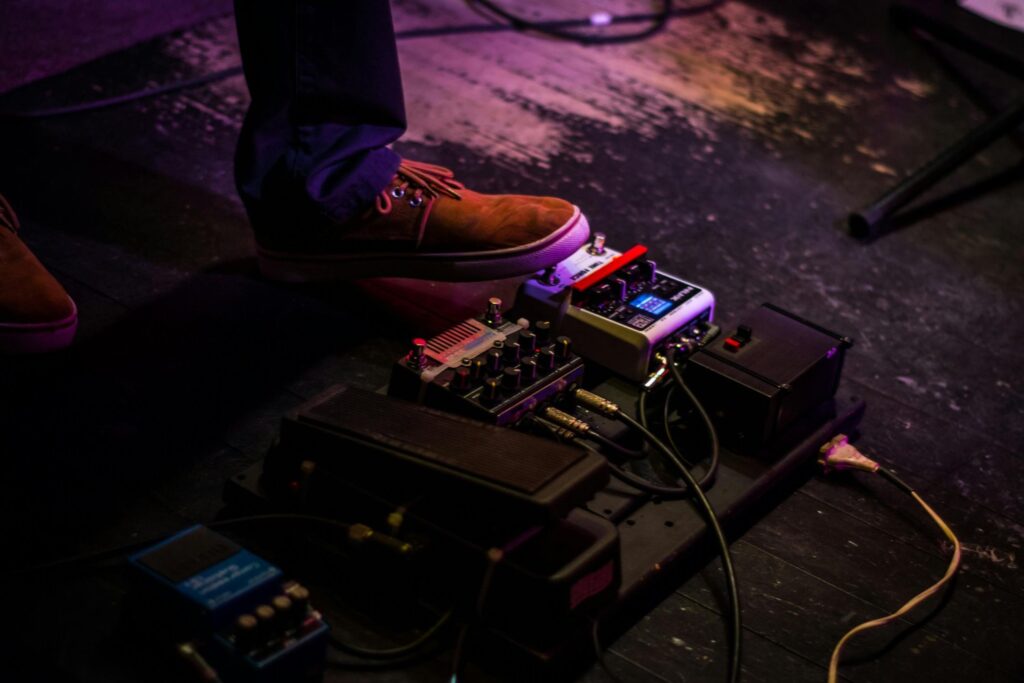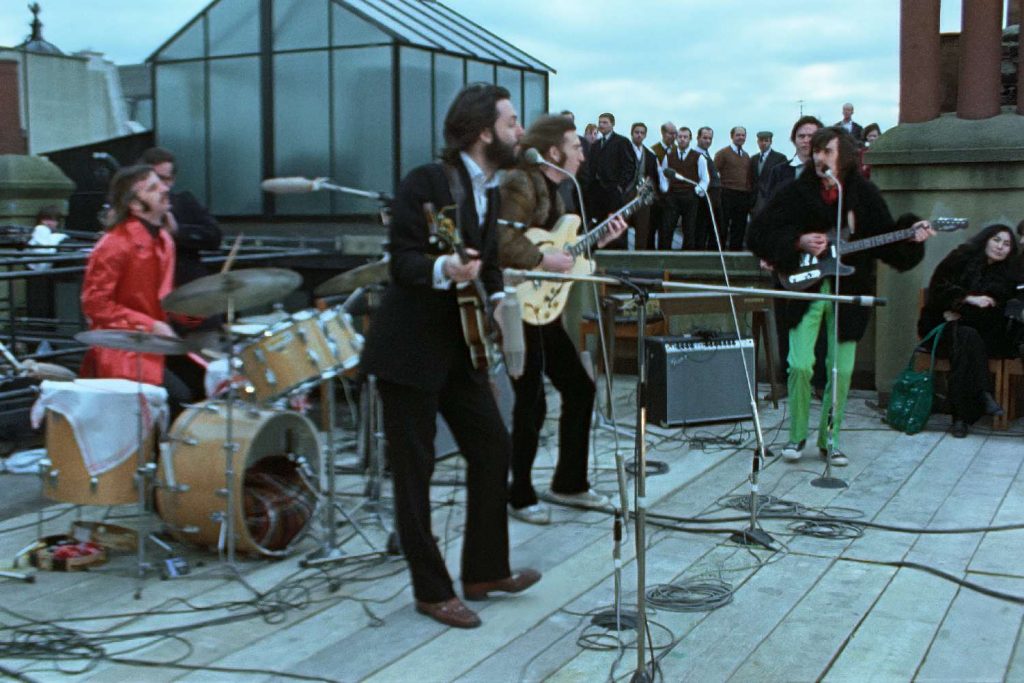A chat with The Purple One's go-to studio engineer throughout the '80s, Peggy McCreary.
“Hollywood Sound called us and said, ‘Do you have an engineer and a studio available for the weekend?” recalls Peggy ‘Mac’ McCreary of the moment in 1981 that led to her becoming one of, if not the main, recording engineers to work with Prince during his imperial ‘80s era.
Read all the latest features, columns and interviews online here.
The artist was in the final week of recording his third album, Controversy, when some faulty equipment necessitated the move to Sunset Sound, the Hollywood studio where Peggy McCreary had been working as an engineer since the late ‘70s.
“The receptionist was really worried about me working with him because he wrote such dirty songs, so my impression of who was going to walk into the studio and who actually did was totally different. He was very polite and quiet and well mannered,” she remembers.
“A couple of times he just mumbled what he needed, and I got in his face and said ‘You gotta talk to me so I can hear you’. I thought ‘I’ll never see this guy again’, and then he requested me for 1999.
“I didn’t really understand him, because he wasn’t like anybody I’d ever worked with. [Then] he sent for me to see him on the road as a Christmas present, to come see him on tour for 1999, and I got it. I got who he was when I saw him perform.”
The timing could not have been more fortuitous, for Prince was reaching a creative peak, operating at an extraordinarily high rate in terms of both quality and quantity – a balance that he would spend the rest of his career attempting to strike once more.
From 1981-1987 he seemed like a poet scrambling for a pen at the moment of inspiration, often frustrated at the time it took to physically transform an idea into recorded sound. Probably because it was fastest way to do it, and definitely because he thought he was the best man for the job, Prince preferred to track his music alone, layering each instrument as a one man band.
The one thing he did need, however, was a recording engineer, and with Studio 3 at Sunset Sound becoming his main recording studio until Paisley Park was built in 1987, this meant that McCreary was often the only other person working on the sessions from this important period.
“I’m sure he would have preferred just to be alone, but he did need you to help him,” says McCreary. “Sometimes he would be struggling with something and say ‘Get a sound on that’ and leave the room, and I would get a balance, EQ something, or patch in some outboard gear.
“He’d need that bounce off of somebody technically, but I think he would have preferred to do everything by himself, but there wasn’t enough room in his brain to bother with technology. I think he didn’t want to master that.”
With too much music being created for a single project, Prince created different avenues for his music as a way to avoid confusing his audience or hurting his chances of becoming, and then remaining, a major pop star, many of which were Prince albums in all but name, with his vocals simply being replaced by the artist whose song it would become.
Purple Rain
“We did 1999 together, just the two of us, and then we did The Time and Vanity 6, and then he left again and came back for another Time record and Apollonia 6, and then we started working on Purple Rain, which became huge,” says McCreary.
“Not until somebody else came in to sing on it did you realise that it wasn’t gonna be for him. People ask me ‘Did you know what you were working on?’ it’s like, ‘No’.
“You didn’t get into his head and figure out what he was doing or ask him questions. It’s not like he even came in and said good morning or goodbye; you did what needed to be done and there wasn’t a lot of chitchat.
“Usually he would come in and start a song and we would finish it in one day, and he was the musician. Sometimes he would write the song in the studio, sometimes he came in with lyric sheets, sometimes he would start on the drums, sometimes he would start on a drum machine, and we rarely revisited a song.
“Sometimes we would carry it over, like ‘When Doves Cry’, was a two-day kind of song, but usually it was start-to-finish and they were some long days. I worked 24 hours straight with him one time.
“There were times that I would get tired and he could see it. After 15-20 hours you kind of lose focus, and I would set him up in the studio with a mic over the console, I would pull the monitors down and he would sit in there and sing and I could get a break.
“I was on a panel with a bunch of the later engineers and they all looked down and said ‘Oh my god that was you! Thank you so much, that was the only time we got a break.’”
Nothing Compares 2 U
While Prince would reclaim many of his dispersed creations in concert — especially, as with ‘Nothing Compares 2 U’, when they had become a hit in other hands — the original vocal versions of many of the non-Prince Prince songs have circulated for years as low quality bootlegs.
Before the internet made everything accessible, those dubiously compiled cassettes and burnt CDs represented holy grails for hard-core fans, a peek into the real and imagined riches of Prince’s vault, the place where all recordings were stored.
Obviously, and sadly, now there can be no new Prince music, and instead the vault must be the source of any future releases.
Originals is a compilation that brings together 15 such tracks, taken primarily from the frenetic period of 1982-85. Many were slated on various projects at different times – for example ‘The Glamorous Life’, recorded in December 1983, was considered for albums by Apollonia 6 and Jill Jones, but ultimately became the title track of Sheila E.’s debut album the following year, while ‘Manic Monday’ was also intended for the Apollonia album before being given to The Bangles, whose re-recorded version reached #2 on the charts in 1985, beaten only by Prince’s ‘Kiss’.
The longest gestating cut on Originals, ‘Wouldn’t You Love To Love Me?’, was originally demoed in 1976, before being re-recorded in 1978, 1982 and 1986, the latter version of which was submitted for inclusion on Michael Jackson’s Bad, before finding a home on Taja Sevell’s 1987 self-titled debut.
“It brings you back, like, ‘I remember that day,’” says McCreary on hearing the demos again. “The guide vocal they sang to, and sometimes he mixed it in underneath. He had such a beautiful voice, and such an amazing range; it was tough to match that.
“I always figured I’d be on stuff for decades, because we did so much that never came out. He was driven to get it out, all the music, and get it down. He once told me he only went home because he knew I had to sleep.
“[Then] I would come in after months of working with him, drag myself in with my dirty clothes and they’d say ‘Pack it up, he’s gone’. Literally one day he was there and the next day he was back in Minneapolis, so you just never really knew. It was whatever moved him at the time he just went with. That’s kind of what it was like working with him.”
Originals by Prince is out now via Warner Music Australia.
